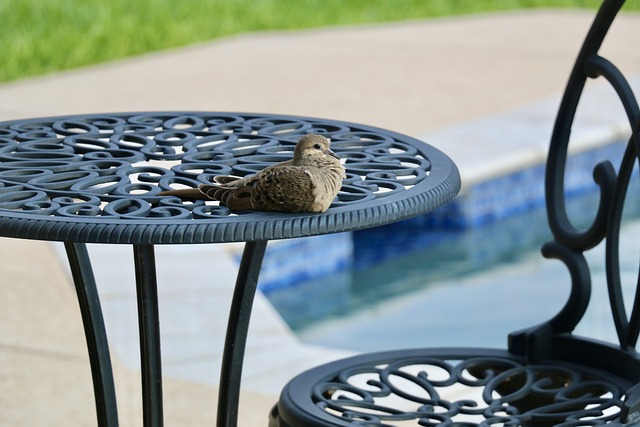Whether you’re a weekend groove master or a full-time low-end wizard, finding accurate window install pricing for bassists has probably never crossed your mind—until your neighbors started banging on the walls. If you’re ready to tame the boom and rattle, check out window price estimation tool, the easiest way to get fast, localized estimates for your next window upgrade—no spreadsheets, no math degree required.
Now, let’s talk studio life. You’ve got your bass, your amp, maybe even some acoustic panels—but if your windows are old, hollow, or poorly sealed, they’re probably your weakest acoustic link. And yes, that applies even if you’re not slapping through a stadium PA system in your living room.

Why Bass Players Should Care About Their Windows
Bass frequencies are notoriously hard to control. They tend to leak through walls, shake glass panes, and resonate with anything even remotely flimsy. That thumping low end you love? It’s also the thing that travels the most and annoys your upstairs neighbor the fastest.
If you’re recording or mixing at home, untreated windows can ruin your sound—not to mention relationships with roommates or family. Thin single-pane windows can act like microphones for street noise and reflect low-end frequencies unpredictably. The result? Mushy mixes, angry neighbors, and zero chill.
Soundproofing vs. Sound Treatment: Know the Difference
Before diving into numbers, it’s good to separate soundproofing from sound treatment:
-
Soundproofing is about blocking sound from entering or escaping your room. This includes installing better windows or adding mass to walls and doors.
-
Sound treatment involves shaping the sound inside your room—think bass traps, absorbers, diffusers, etc.
If you’re trying to keep your bass riffs inside your room (and the barking dog outside), then upgrading your windows falls under soundproofing and it’s one of the smartest investments you can make.
Types of Windows and Their Acoustic Impact
Not all windows are created equal when it comes to sound isolation. Here’s how they compare:
-
Single-pane windows: Budget-friendly but terrible for noise control. Avoid them if you’re building a serious studio.
-
Double-pane (insulated) windows: A significant improvement in both sound and thermal insulation. The space between panes acts as a sound barrier.
-
Laminated acoustic glass: Often used in studios and high-end apartments. These reduce noise dramatically but cost more.
-
Triple-pane windows: Great for sound control but may be overkill unless you live next to a freeway.
You don’t need to install high-end acoustic glass in every room but upgrading your main studio space is worth considering if you’re dealing with serious sound bleed.
What’s It Gonna Cost Me?
Here’s where our site comes in. The cost of window installation depends on several factors:
-
Window size
-
Type of glass
-
Your location
-
Labor costs
-
Existing frame conditions
On average:
-
Standard double-pane windows cost between $400–$800 installed.
-
Laminated acoustic windows can range from $700 to $1,200+ per window.
-
Full soundproof studio-grade windows may hit $1,500–$2,000+, but they’re overkill unless you’re tracking commercial-grade audio.
Budget Hacks for Bass Players
Let’s face it music gear eats up money fast. But you don’t have to blow your entire pedalboard budget on windows. Try these budget-friendly hacks:
-
Target key windows only: Start with the windows in your studio room. You don’t need to soundproof your entire house.
-
Use DIY weatherstripping: Temporarily reduce window noise leakage for under $20.
-
Install heavy curtains or sound blankets: While not true soundproofing, they can dampen reflections and reduce bleed.
-
Window plugs: DIY foam or MDF panels you can press into window frames during sessions for cheap, removable isolation.
Bonus: Better Windows = Better Recordings
Even if you never plan on going full Quincy Jones in your bedroom studio, better windows give you a quieter, more focused space to record. They also help with climate control, which means your gear (and your energy bills) will thank you.
Your mixes will translate better. You’ll hear cleaner mids and low-end. And best of all you’ll finally stop wondering whether that background rumble is the mic or the garbage truck outside.
Final Thoughts
You don’t have to choose between your bass and your windows. Whether you’re jamming, recording, or just trying not to tick off your upstairs neighbor, upgrading your windows is one of the smartest (and most overlooked) moves for bass players building a serious home studio.







 Instrument Wood Sourcing:
Instrument Wood Sourcing:

